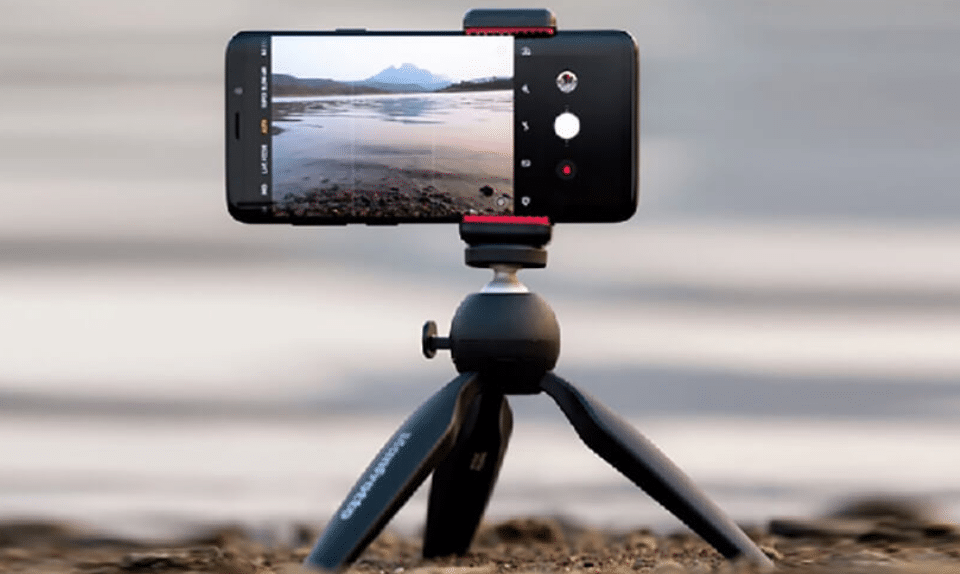- Enhanced production, technical operations together with distribution channels and audience technical capabilities will create better access to important content
- As a complementary tool, videos enhance the quality of teaching and learning in the classroom as well as on alternative learning platforms
By Beryl Achieng
Education revolution is taking centre stage in all sectors of the global economy. The ever expanding use of audiovisual aids in education has brought to fore one very important fact: The limitless number of students who can access, and benefit from these capabilities.
Background of use of film and video in education in Africa
The earliest attempt to use film in information and education in Africa was done by the British colonial administration. This was mainly driven by the need to inculcate colonial ideologies in citizens. The Bantu Educational Kinema Experiment (BEKE) was a short – lived but very influential experiment in filmmaking for African audiences done between march 1935 and May 1937. The project produced 35 films and through its travelling mobile cinema van, exhibited them across Tanganyika, Nyasaland, Northern Rhodesia, Kenya and Uganda.
According to L.A, Notcutt and G. C. Latham in their literary work, BEKE was one of the several, relatively isolated colonial experiments with film as an educational tool, with the use of largely extemporaneous narrators, with some colorful commentary. Extra narrative details were often included as well.
The itinerant and non- profit nature of a travelling film show is repeated today, enabled by more mobile video technology. The mostly British films that emerged from this ideological foundation have since been replaced by purely commercial movies from the United States. British films were very popular in the late 1920s and early 1930s when entrepreneurial exhibitors began setting up cinemas in the southern Africa region.
According to Notcutt and Latham, alternative educational video productions were meant to achieve the following:
● Provide a much sought- after leisure activity for African workers.
● Prevent African viewers from witnessing unwholesome depictions of western characters on film, such as gangsters, scantily clad white women or vigilante cowboys that could have posed a threat to colonial authority.
● Model what was considered as ideal behavior through quaint narrative that, if emulated by Africans would ensure good colonial citizens and harmonious Africans and colonialists to fit into Britain’s imperial larger vision.
● To buttress the conventional teaching methods in classrooms and lecture halls.
● To converse what is best in African traditions and culture by representing these in their proper setting as states in racial development and as an inheritance to be cherished.
● To educate the populace on social, health education and other issues. In the colonial period, British educational films were designed to interpolate native African minds with considered ideal colonial ideologies hence contributing to a finely tuned empire.
In modern times the role of videography still stands true. However, video production has now evolved in terms of technology from cinema films to video cassettes, and into the prevailing digital platforms. The options and impact are so wide and immense, that online learning in universities abroad has been achieved without students leaving their native countries. Education has also become even much more affordable and accessible, since the world has become a global village.
● Webinars and conferences are exemplification of online reach success – which has created an alternative convenience, especially during this time when the world is battling a socially invasive pandemic.
● Distribution of Video tutorials and online courses in almost every sector, which has been enabled by the power of internet and the ever advancing technology of videography.
There is a growing call to action in the education sector to migrate from the traditional graduate textbooks and adopt a holistic video approach. The latter’s benefits for students and teachers alike are immense. As a complementary tool, videos enhance the quality of teaching and learning in the classroom as well as on alternative learning platforms.
There are investment opportunities for governments, private businesses, non-governmental organizations and individuals in support programs through videoconferencing. Focus should shift to funding for development of the same, especially in Africa’s educational and communication sectors. Enhanced production, technical operations together with distribution channels and audience technical capabilities will create better access to important content. This is key in dissemination of information across all demographics.

